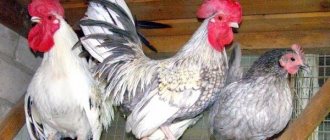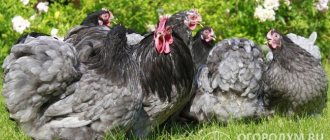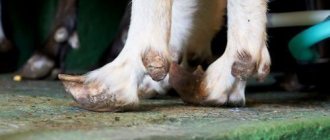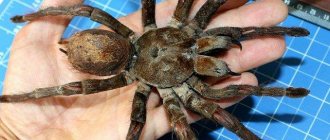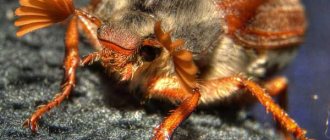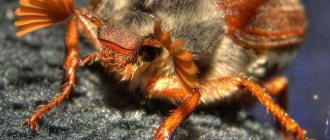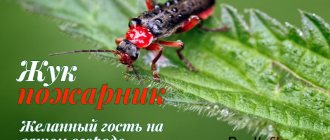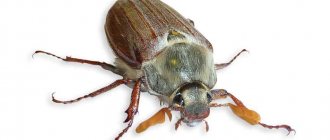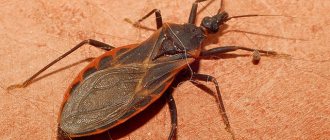Hello, dear readers! We are happy to share with you information about an incredibly hardy and strong bird that comes from the Land of the Rising Sun! Shamo is a fighting breed, but today it is grown as an ornamental breed. Shamo is a breed of chickens with a complex character, mysterious history and attractive appearance.
Of all the Asian feathered beauties, breeders single out this one for its features and advantages. What is so attractive and unusual about this bird? Let's figure it out. Photos and videos are attached.
Exterior Shamo
These chickens have a truly majestic body. All parts of this bird’s body are as perpendicular to the ground as possible. The legs and neck in the compartment are almost twice as long as the body. The color of chickens of this species can be very different, from pure white (in very rare cases) to plumage with combinations of different colors. Most often, the main color of a bird's plumage is black or gray. Below the crest, in the tail and on the legs there are small feathers of red, orange or brown. A very contrasting and colorful animal. Like most fighting chicken breeds, Shamos have exclusively yellow legs and beaks.
His long fingers made him incredibly stable during battle, and his sharp spurs made him a dangerous and strong opponent. Small wings and a neat tail make this bird almost undetectable to the enemy during battle. The Shamo chicken has all the same characteristics above, but at the same time, its height and weight are much lower. The dense plumage serves as a reliable “shield” for the bird during battle, and its small head very quickly finds the enemy’s weak spots and delivers a lightning-fast strike.
Feeding
Starting from the first day of life, chickens are given steamed crushed millet and corn with a boiled egg and chopped herbs. Cottage cheese is included as proteins. To feed the adult herd, a high-calorie and nutritious diet is chosen. They are suitable for ready-made mixed feed with a low fat composition, such as for eggs-producing birds.
In the warm season, be sure to include any edible grass or greens in your diet. In the fall and winter, chickens are given root vegetables and grass meal or pellets. It is necessary to enrich the diet of birds of this breed with vitamins and minerals.
- Stern
- Recipes
- Supplements
Compound feed pk-1
Description of food for egg breeds. Instructions for feeding laying hens Read
Compound feed pk-2 and pk-3
Mineral and vitamin compositions, feeding standards Read
Compound feed pk-4
Used to feed laying hens aged 15-17 weeks Read
Compound feed pk-5
Composition and instructions for feeding broiler chickens Read
Purina Pro
Important differences from the previous line, application patterns Start, Growth, Finish Read
Germination and steaming of barley and wheat for chickens: how to do it correctly and how to give it to laying hens
Wheat for broilers
Rules for feeding broiler chickens with wheat. Dosage for chickens from the second day of life and adult birds Read
Mash
Making mash for broilers at home Read
Rice and buckwheat
How and in what form you can use rice and buckwheat to feed chickens. Standards for adult birds and chickens Read
Bread
What kind of bread can you feed chickens and how to do it correctly Read
Fish
The product is given in limited quantities: overfeeding can cause serious harm to the bird Read
Chalk
Chalk as a food additive for chicken feed. Feeding standards for chickens, young animals and laying hens Read
Meat and bone meal
Meat and bone meal is a mandatory additive for feeding chickens, containing protein and fats of animal origin Read
Fish fat
How to give fish oil to chickens, layers and broilers. What are the benefits of the drug and are there any contraindications Read
Limestone
Limestone (dolomite) flour in the diet of chickens. Advantage over chalk and feed shell Read
Salt
Daily dosage of salt for adult birds and young animals and cases of unwanted use Read
Growing Shamo
To raise and breed this breed, you need to be a real professional poultry farmer. These chickens are simply incredibly scrupulous, both in food and in housing. The incubation period for Shamo chickens begins in January. In order for the chickens to hatch without delay, brood hens must be selected in December, and “selected” chickens must be switched entirely to protein nutrition, including 25 grams of grain mixture in the diet. Lighting in the room where our breeding hen will be located must always be present. After the young animals are born, they need to be kept on a warm bedding, and the temperature in the room should be kept within 35 degrees (simply incredibly hot).
Chickens should be fed exclusively with multivitamin complexes, and only at the age of 20 days should nettles, dandelion stems, lettuce, carrot stems and fruits be introduced into the diet. But that’s not all; Shamo combined food must be given throughout their entire life period, but strictly according to the indicated dosages and portions. This scrupulous attitude also applies to adult roosters. If the bird is not fed correctly, it will instantly gain excess weight and turn from a fighting cock into a useless bird. But after all this torment, such a war bird will be able to defeat any enemy, even one that is larger than it. After a 2-year period of life, this bird is no longer afraid of cold weather or disease, and its diet (if the rooster does not participate in fights) no longer makes any significant difference.
Incubation
Considering that the female lays few eggs and can crush them with her weight, it is easier to use an incubator. Conditions for incubation are standard.
Table of temperature and humidity modes
| Period |
